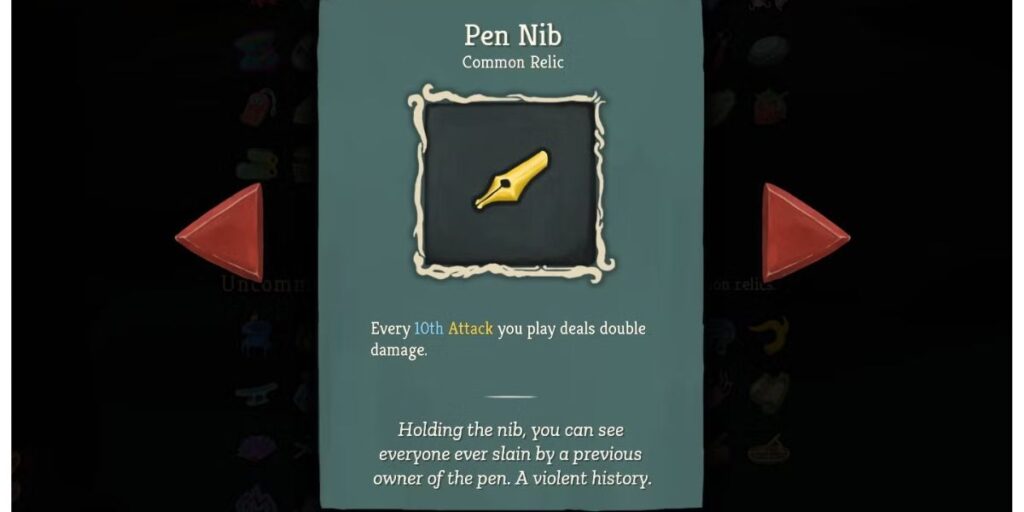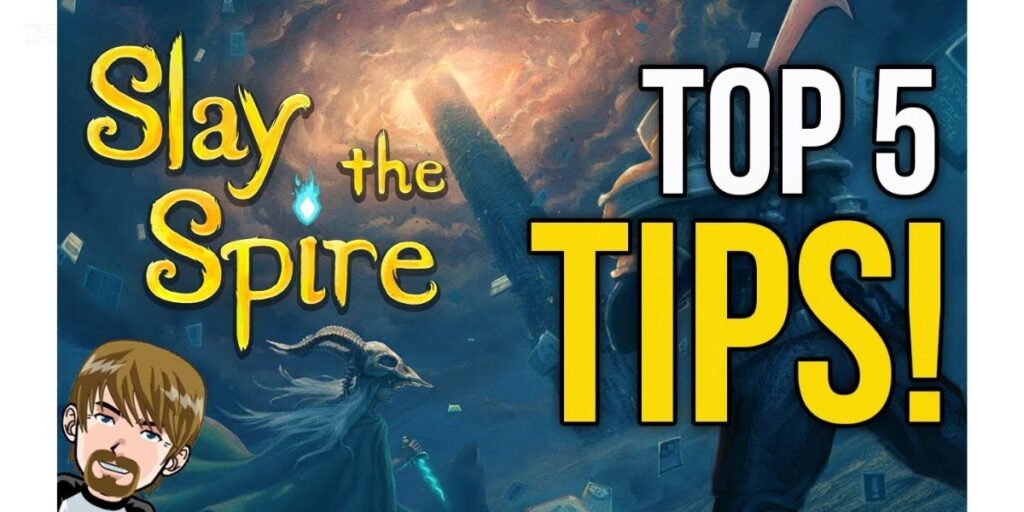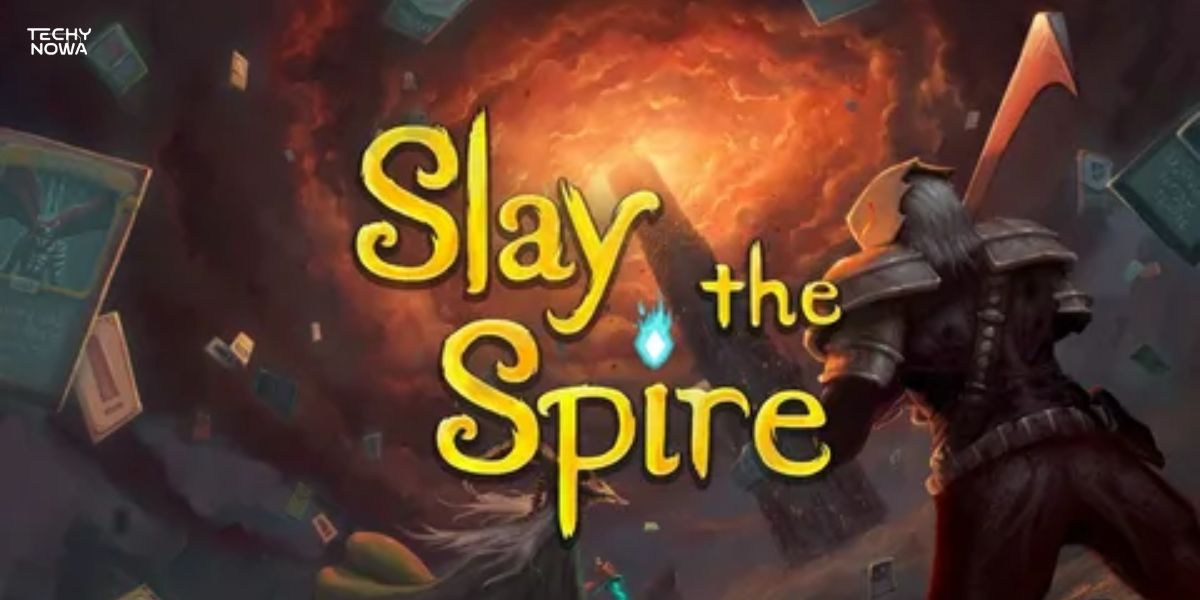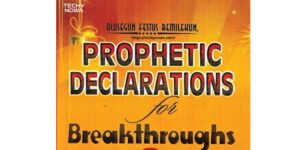Slay the Spire is a deck-building roguelike loved by gamers. It combines card strategy with challenging roguelike gameplay. Each run is different thanks to procedurally generated paths. Players choose from unique characters with special abilities.
Relics, cards and combos create endless strategies to explore. The game rewards smart deck-building and careful resource use. Its replayability keeps both casual and hardcore players hooked. Slay the Spire remains a true masterpiece in the roguelike genre.
Gameplay Mechanics Explained
Slay the Spire uses a turn-based card combat system. Players use energy points to play cards each turn. Cards can attack, defend or apply special effects. Managing your deck size and card choices is important. Every decision shapes the outcome of each battle.
Turn-Based Combat System
Slay the Spire uses a simple turn-based battle style. Players act first, then enemies respond with attacks. Each move depends on the cards you play. Attack cards deal damage to enemy health. Defense cards protect you from incoming hits. Some cards also apply effects like poison or burn. This system makes every turn feel strategic and tense.
The Role of Energy and Card Management
Energy controls how many cards you can play. Each card requires a set amount of energy. Players must choose wisely between attack and defense. Wasting energy can lead to losing a battle. Card management is also key to success. A smaller, focused deck often works better. Smart choices keep your deck strong and balanced.
Related guide: BlazBlue Entropy Effect – Roguelike Action RPG Adventure
Characters and Playstyles

Each hero offers a unique playstyle for players. One focuses on strength and powerful attacks. Another relies on speed, poison, and stealth tactics. A third uses magic orbs for flexible strategies. The last shift stances for high-risk, high-reward moves.
The Ironclad – Strength and Survivability
This hero is built around raw strength and endurance. He starts with high health and healing abilities. Attack cards focus on heavy damage each turn. Defense cards help reduce incoming enemy strikes. His relic gives health back after each battle. He is great for beginners learning the basics. Simple yet powerful, his style feels strong and safe.
Related guide: Best Roguelite Games Of 2025: Top Picks For Gamers
The Silent – Speed and Poison Tactics
This hero relies on quick moves and clever tricks. She uses many low-cost cards in each turn. Poison slowly drains enemies over time. She can also stack damage with shivs. Defense cards add blocks for better survival. Her strategy rewards patience and planning. Fast and tricky, her style feels sharp and deadly.
Relics and Power-Ups

Relics give players special effects during battles. Some boost attack or defense for stronger turns. Others improve energy, cards or healing abilities. Power-ups add variety and change each run. Choosing the right relics creates powerful strategies.
Common vs. Rare Relics Explained
Relics give players special powers during runs. Common relics are simple but very reliable. They usually boost health, energy or defense. Rare relics are harder to find but stronger. They can change how battles and choices play out. Some rare ones create powerful effects with the right deck. Both types matter for building a winning strategy.
Building Synergies with Relics
Relics work best when combined with matching cards. Some improve attack damage when energy is saved. Others boost defense when armor is stacked. Players can plan decks around relic effects. The right mix makes combat smoother and safer. Strong synergies often lead to easier victories. Smart planning turns relics into game-changing tools.
Strategy and Deck-Building Tips

A good deck balances attack and defense cards. Too many random cards make the deck weak. Choosing fewer but stronger cards keeps it efficient. Relics and card combos improve overall strategy. Smart planning leads to more wins in battles.
How to Balance Attack and Defense
A strong deck needs both offense and defense. Focusing only on attack leaves you unprotected. Focusing only on defense makes battles too long. Mixing both creates a safer strategy. Use attack cards to end fights quickly. Use defense cards to survive tough turns. Smart balance makes every run more successful.
Best Card Combos for Beginners
Beginners should start with simple card combos. One combo can boost attack and block together. Another combo applies poison and spreads damage over time. Energy-boosting cards help play more moves per turn. Draw cards give more choices for each round. Combining these makes fights easier to manage. Simple combos are the key to early wins.
Challenges and Replayability
| Challenge/Mode | Description | Player Benefit |
| Ascension Levels | Progressive difficulty scaling with each win | Tests skill and strategy growth |
| Daily Runs | Pre-set decks, relics and modifiers | Offers fresh challenges every day |
| Endless Mode | Continuous battles without an end | Pushes limits for high scores |
| Randomized Paths | Shuffled encounters and map choices | Keeps every run unpredictable |
| Deck-Build Variety | Different card synergies each attempt | Encourages creativity in strategy |
| Relic Synergies | Rare relic combinations with big impact | Rewards exploration and experimentation |
| Replay Longevity | Infinite possibilities across modes | Keeps players engaged long-term |
Community and Legacy

The community has grown large and passionate. Fans create mods to add new cards and features. Many share guides and tips to help beginners. The game inspired other deck-building roguelikes. Its legacy continues to shape modern indie games.
Modding and Fan Creations
The community has built many creative mods. Some add new characters with unique abilities. Others introduce cards, relics and fresh mechanics. Players also design custom challenges for variety. Fan-made expansions keep the experience feeling new. Art and stories are shared widely online. This creativity extends the life of the game.
Influence on Modern Roguelikes
The title inspired many other roguelike deck-builders. Developers studied its blend of cards and strategy. Many games now copy its progression style. Random events and relic systems became popular. Replayability set a new standard for the genre. Its success helped grow the indie scene. Today, countless roguelikes reflect its lasting influence.
Art Style and Atmosphere
The game has a unique art style. Colors are bold and eye-catching. Each card has detailed artwork. The backgrounds set the mood well. The atmosphere feels dark but exciting. Enemies look creative and different. Animations are smooth and simple. The style fits the roguelike theme. Players feel pulled into the world. It balances charm and tension perfectly.
Soundtrack and Immersive Audio

The soundtrack adds life to the game. Music changes with the mood. Calm tunes play outside battles. Intense beats rise in combat. Each sound effect feels sharp. Attacks hit with satisfying noise. Relics have unique audio cues. Ambient sounds build tension slowly. Together, they create immersion. Players feel fully inside the journey.
Tips for Mastering Ascension Levels
Start with small goals first. Learn how each enemy works. Build decks with balance in mind. Focus on defense and offense together. Use relics wisely each run. Do not keep weak cards too long. Adapt to each new challenge. Study enemy patterns carefully. Rest at camps when needed. Patience helps reach higher levels.
Frequently Asked Questions
What type of game is Slay the Spire?
It is a roguelike deck-building card battler.
How many characters can you play?
There are four unique characters with different playstyles.
What are relics in the game?
Relics are powerful items that give special effects.
Is the game hard for beginners?
Yes, but it teaches strategy through practice and replay.
Can you play the game endlessly?
Yes, there is an endless mode with scaling difficulty.
Does the game have mods?
Yes, the community has made many creative mods.
Why is it considered a masterpiece?
It mixes strategy, replayability and unique deck-building perfectly.
Conclusion
Slay the Spire is more than just a card game. It blends deck-building with roguelike strategy. Each run feels new and exciting. The choices you make shape your path. Every card, relic and event matters. That is what makes it special.
The game rewards learning and planning. Beginners can enjoy simple strategies. Advanced players can push for mastery. There is always room to grow. The community also keeps it alive. Slay the Spire remains a true masterpiece.








